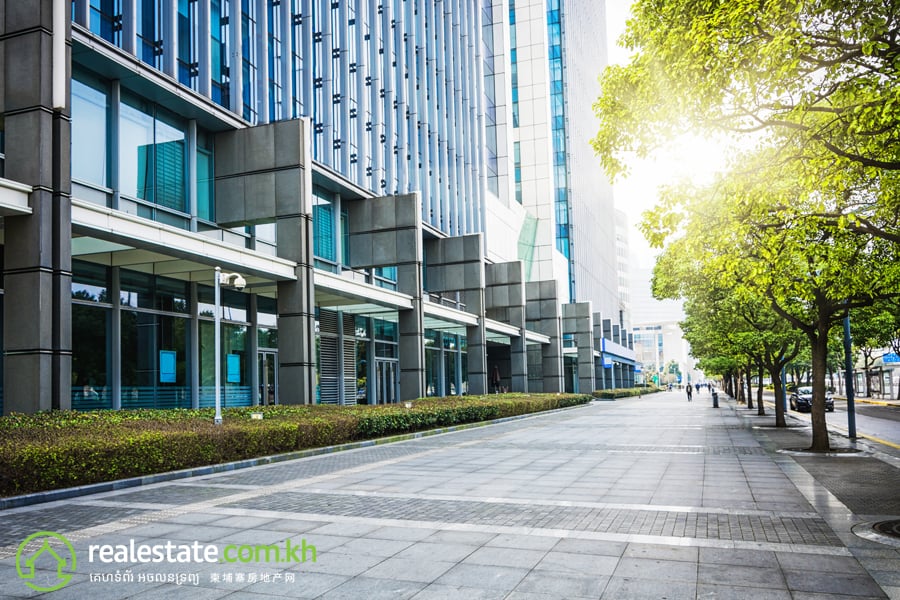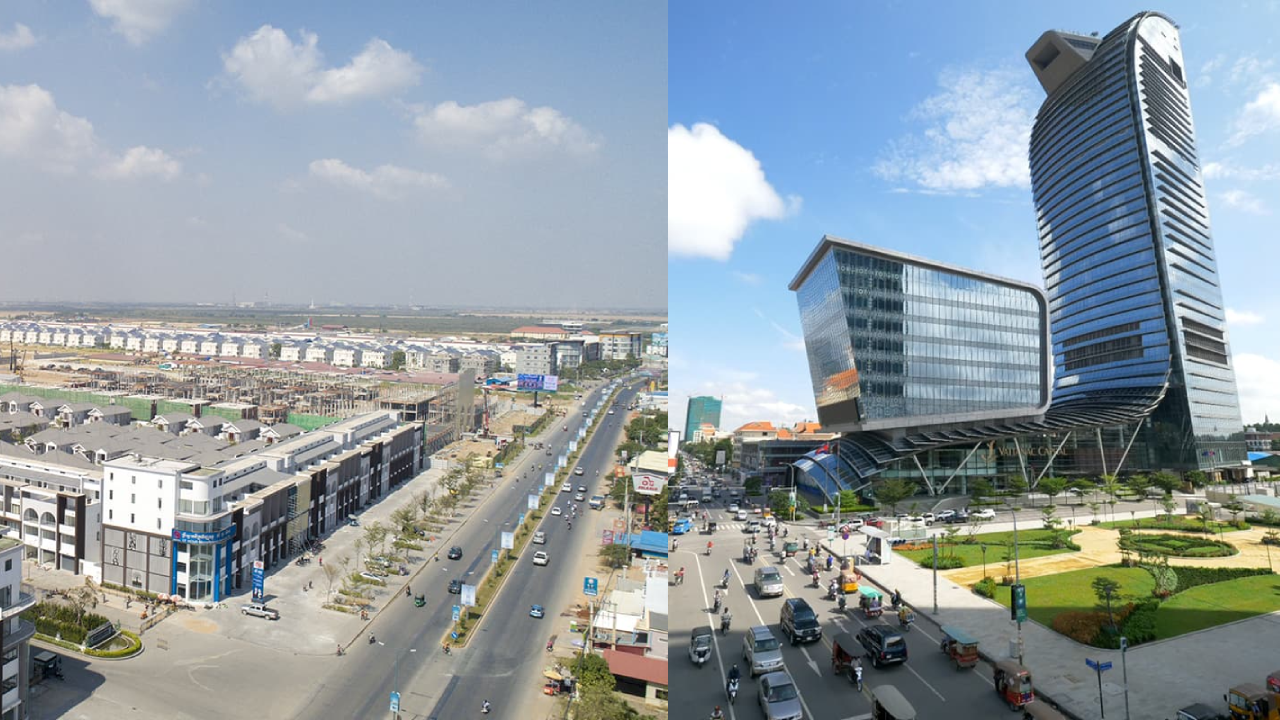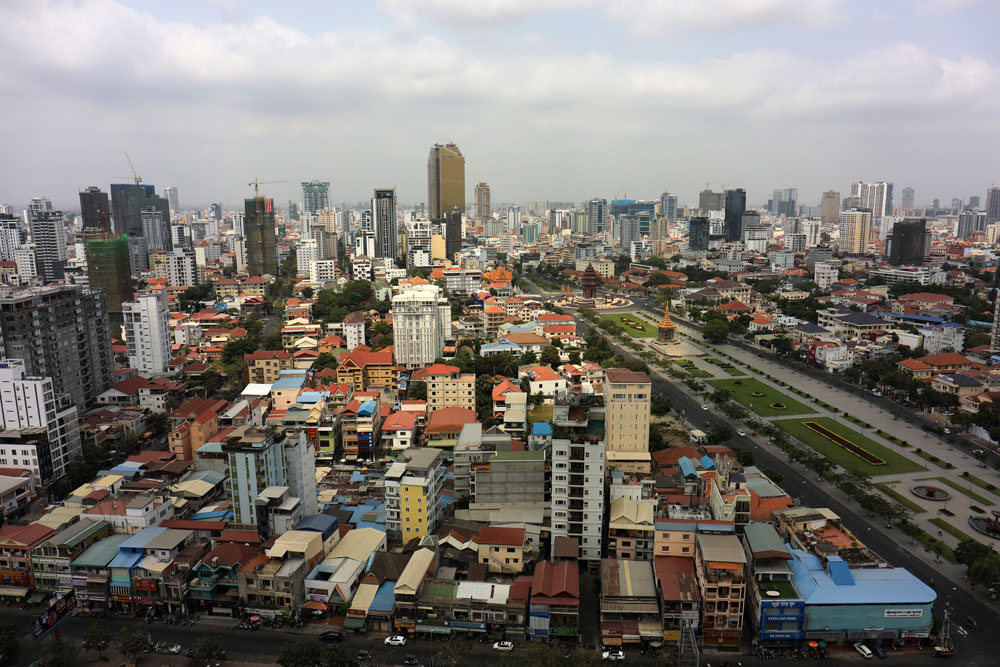The outbreak of COVID-19 has forced a majority of people all over the world to stay indoors for an extended and unknown period of time - a situation that puts a special strain on the facilities of any property. So, whether you lease or own your space, have a broad portfolio, or a single asset, as a property owner, the attention you give to your assets, and its facilities, is more crucial now than ever.
Equally imperative are the decisions that need to be made in the coming weeks, such as: “Who can enter or use my building and its facilities,” “How do I respond to suspected contamination?” ''How will I keep my buildings operational and protected while most of my workforce is home?” and ultimately, “What is our facility showing our community about our company and our values?”
CBRE, a property consulting and management firm, oversees a number of buildings throughout Cambodia alongside millions of sqm of office space, apartments, and condominiums across China, South East Asia, Europe, and America. We have a regional hub in South East Asia where each of the heads of Property Management is in regular contact; sharing information/experiences and jointly developing plans and procedures, especially in these times. This has imparted valuable lessons behind my no-regrets, action-oriented recommendations:
Manage entries
The best way to keep your facility safe is to keep people with the virus at home. There are several ways to approach this, including temperature screening and other sophisticated equipment that could become permanent installations. There are also low-cost options, like increasing lobby signage reminding people to stay home if ill, restricting visitors, and setting up self-check temperature stations.
Plan for an exposure-related shutdown
It is likely that you will experience a suspected or confirmed case in at least one of your facilities. Rather than waiting for that moment and having to scramble, prepare a written plan, and educate your site managers, staff, and providers proactively. What to do with the individual? How to isolate them? How to get them home safely? What steps to take? If you think all of this through and get it in writing beforehand (working with your legal, HR, building owner, and key stakeholders) you will mitigate risk and reduce anxiety when the event happens.
Clean often
Increased cleaning has a direct, infection-control benefit and should be implemented as a preventative move. A full daily disinfection may not be necessary, but the virus lives on surfaces for up to 3 days; and proper, increased cleaning will help lower your exposure. Clean more often and be visible with these services, especially in common areas. As the world opens back up for business, we should expect a lot more cleaning.
Energy management and energy costs
As energy often takes up to 40% - 50% of your building running costs now is the time to be more vigilant. You don’t need sophisticated building management systems or controls but you should watch equipment carefully as you run and you run it differently. Ensure lights and AC are switched off in vacant areas, keep up the maintenance especially on your AC systems for air quality and running efficiency.
Treat your suppliers well
Facilities suppliers are becoming critical to business continuity – especially cleaners. A number of our clients have instructed us to work with suppliers to be sure they retain staff and maintain capacity even while client sites are closed or in partial use. These clients understand that their supplier partners operate on thin margins and that their employees operate on even thinner margins with no safety net. We believe these clients are going to be very well served for these actions.
Take advantage of the downtime to prepare for re-opening
Every facility has deferred projects and tasks that were waiting for a weekend when the building sits empty. Planned correctly, now is your chance for these projects. We are working with clients to complete delayed projects, replacements, and repairs. Put in place more energy-efficient equipment. Finish that asset condition survey. Our teams in China realized that deferred maintenance on older equipment just could not respond to more intensive HVAC demands, so we are working hard to repair, replace, and upgrade.
Communication
Keep up to date with all local newspapers and government departments so that you are ahead of the game and ready for any changes that may be enforced. Keep your company, all your clients, tenants and occupiers updated regularly but also limit the channels of communication and avoid participating in gossip groups as misinformation creates confusion and worry.
The Future New Normal
As you plan for re-opening, your employees, customers, and suppliers are going to have new expectations for how to run, clean, and manage your facility. At the same time suppliers, landlords, and maintenance teams are going to be managing the surge of work. Consider focusing on three areas:
Operations: Inspect and test key building systems to ensure the building is safe and comfortable as you come back to full occupancy.
Service Planning: Allow providers of cleaning, food, concierge, HVAC, security, etc. ample lead time to ensure they can get their teams back on-site and fully operational
Change Management: Ensure the occupants are aware of what’s been done, what’s different, and what protections need to stay in place to keep everyone healthy. Set up a hotline to take their questions.
Stay up-to-date on the real estate industry in Cambodia and get real-time updates on real estate news as they happen. Download the Realestate.com.kh App now!
*This is article is written by Dan Davies, Director of Property Management at CBRE Cambodia.
*Note: CBRE Cambodia has set up an unofficial building owners /managers PP Covid-19 group. If you are interested to join please call +855 85 986 934 or email: dan.davies@cbre.com





Comments